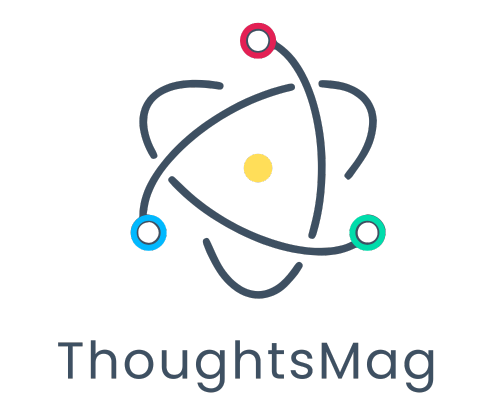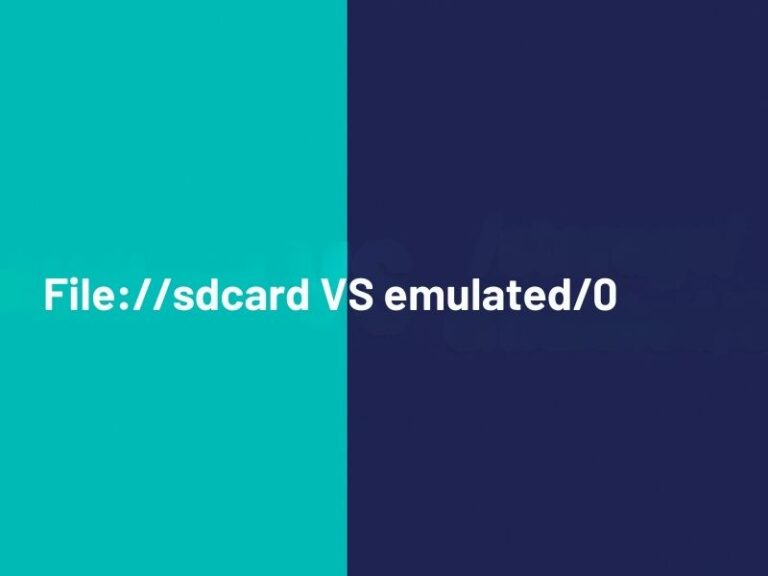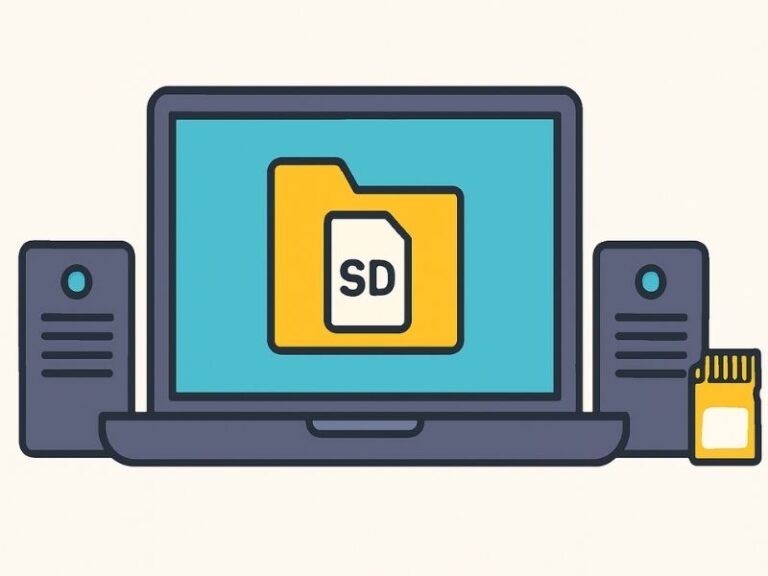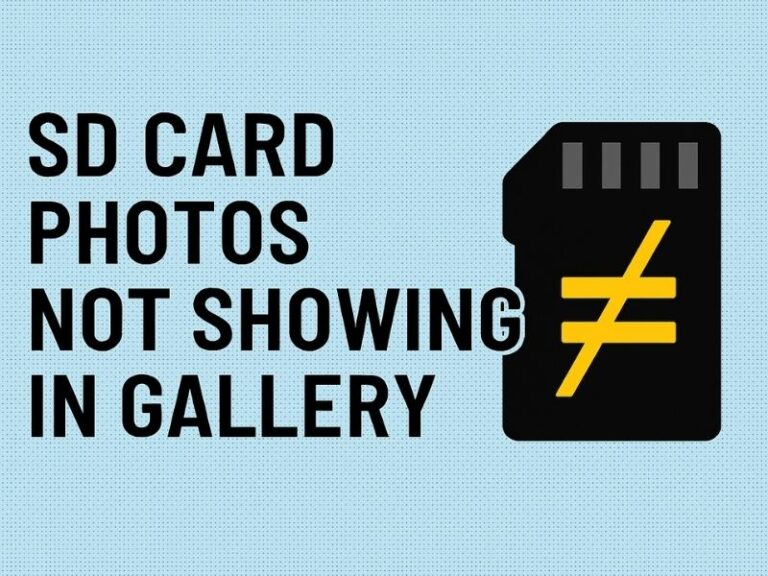You’ve just landed a new client in the BFSI sector.
They need a 50-seat outbound campaign up and running in two weeks. They want the platform to be integrated with their CRM and satisfy all their compliance needs. Besides, they want real-time analytics as a part of the campaign infrastructure.
You fire up your contact center platform, and within days, you realize that you are drowning for the following reasons:
- Your agents can’t find customer context without opening five tabs.
- Your IT team is buried under integration tickets.
- Daily SLA reports take three hours to compile
Now, the client starts to doubt your ability to scale your infrastructure to address their needs.
Besides, you’re stuck in a 3-year contract with the most cost-effective vendor from your last RFP.
I’m sure, as a BPO, you’ve been in this situation before.
BPOs operate in a world where speed, flexibility, and multi-client complexity are the norm, not the exception. However, most often, the software they choose isn’t built with that reality in mind.
Let us break down the five costly mistakes BPOs make while choosing the contact center platform and how to avoid them.
1 Prioritizing price over flexibility
Chasing the lowest per-agent license, discounting how the platform scales, adapts, or handles multiple client environments.
A rigid, bare-bones system may save on licensing fees, but it will cost you far more in the long run.
- Can the platform handle blended campaigns?
- Does it support multi-tenant configurations?
- Can you scale up and down quickly across geographies as new clients are onboarded?
Look for flexible commercial models and pay-as-you-go pricing, but balance it with feature depth, open APIs, and scalability.
2 Ignoring true multi-tenancy needs
Choosing a platform that’s great for a single brand but falls short in managing multiple clients under one roof.
BPOs typically serve multiple clients at once. Without true multi-tenancy, you can’t securely isolate client data, configure reporting per SLA, or maintain separate dialing rules, call flows, and queues.
This leads to compliance risks and operational inefficiencies.
Insist on multi-tenant architecture where each client’s environment is logically and securely separated, while still giving you centralized control.
3 Understanding integration complexity
Assuming pre-built integrations with CRMs, WFM, or QA systems will meet all use cases.
Most BPOs run custom workflows across geographies and industries. What works for an insurance client won’t work for a fintech one. If your platform has limited documented APIs, you’ll spend months and budget building brittle integrations that break during upgrades.
Choose a platform with a strong developer ecosystem, well-documented APIs, and support for custom integrations, especially for data flow, reporting, and CRM syncs.
4 Overlooking reporting and analytics limitations
Focusing on live dashboards while discounting long-term analytics and SLA-level custom reporting.
Most managers in BPOs spend about 30% of their time pulling together reports. This is probably the most unproductive time that they are spending. When your platform doesn’t offer granular, filterable, exportable reporting, you’ll burn hours each week manually compiling reports across Excel sheets and BI tools.
Confirm that the platform supports advanced reporting with SLA views, customer KPIs, long-term data retention, and easy API export to your analytics stack.
5 Neglecting agent experience and usability
Choosing software based on feature checklists, not on how usable it is for your frontline agents.
Poor adoption is the most important reason why enterprise software fails, and contact center software is no exception to this. Besides, high agent turnover is already a challenge in BPOs.
If the system is clunky, slow, or requires too much toggling between windows, agents become frustrated, training takes longer, and metrics like AHT and CSAT suffer.
Prioritize platforms with intuitive, browser-based interfaces, omnichannel integration, and embedded guidance to reduce learning curves.
Overall, when you look at it, you’re entering a partnership with a vendor and not just buying software. Many BPOs, over time, regret choosing a vendor that disappears after go-live.
Look for proactive support, 24/7 availability across time zones, and a customer success team that understands BPO-specific needs.
How does ClearTouch help BPOs avoid these mistakes?
We work with hundreds of BPOs worldwide, helping them with their contact center needs. Many of these BPOs prefer us as their vendor whenever they apply for a new RFP or approach a client.
Here’s how we help you sidestep the common pitfalls:
Flexibility
Our cloud based contact center software platform supports inbound, outbound, blended, and omnichannel operations with scaling. If you want to run a campaign in 24 hours, you can do that at the click of a button.
True multi-tenancy
With our platform, every client gets their secure environment with a custom contact center IVR system, reporting logic, and compliance rules. However, you can manage everything from a single login. It is like providing each client their own mini contact center within yours.
Powerful integrations
Our platform has rich REST APIs, prebuilt connectors, and experienced engineers who’ve integrated with everything from SAP to homegrown CRMs. We make all the integration seamless.
Client-level SLA reporting
Our reporting is very comprehensive and flexible. Build dashboards for each client with custom KPIs, filters, and exports. Schedule automated reports or export data to your BI tool with ease.
Agent-first design
Clean, browser-based UI with single-screen call handling. You get embedded scripts, coaching pop-ups, and click-to-call. Agents onboard faster, handle more, and stay longer.
As a part of our engagement, our onboarding team works with you to customize, train, and launch every new client with speed and precision. Besides, we offer 24/7 support across email, voice, and WhatsApp, and our SLAs are typically in hours and not days. This is one of the reasons why we haven’t had a churn in the last eight years of our operations in India.
If you sign up with the wrong contact center software, you can bleed through lost productivity, poor agent morale, missed SLAs, and unhappy clients.
So, the next time you’re evaluating contact center software, ask yourself these three questions:
- Can this grow with me?
- Will it help me serve 10 clients without losing my mind?
- Can my agents actually enjoy using it?
You don’t just need a contact center platform. What you need is a partner that understands the BPO mindset.






